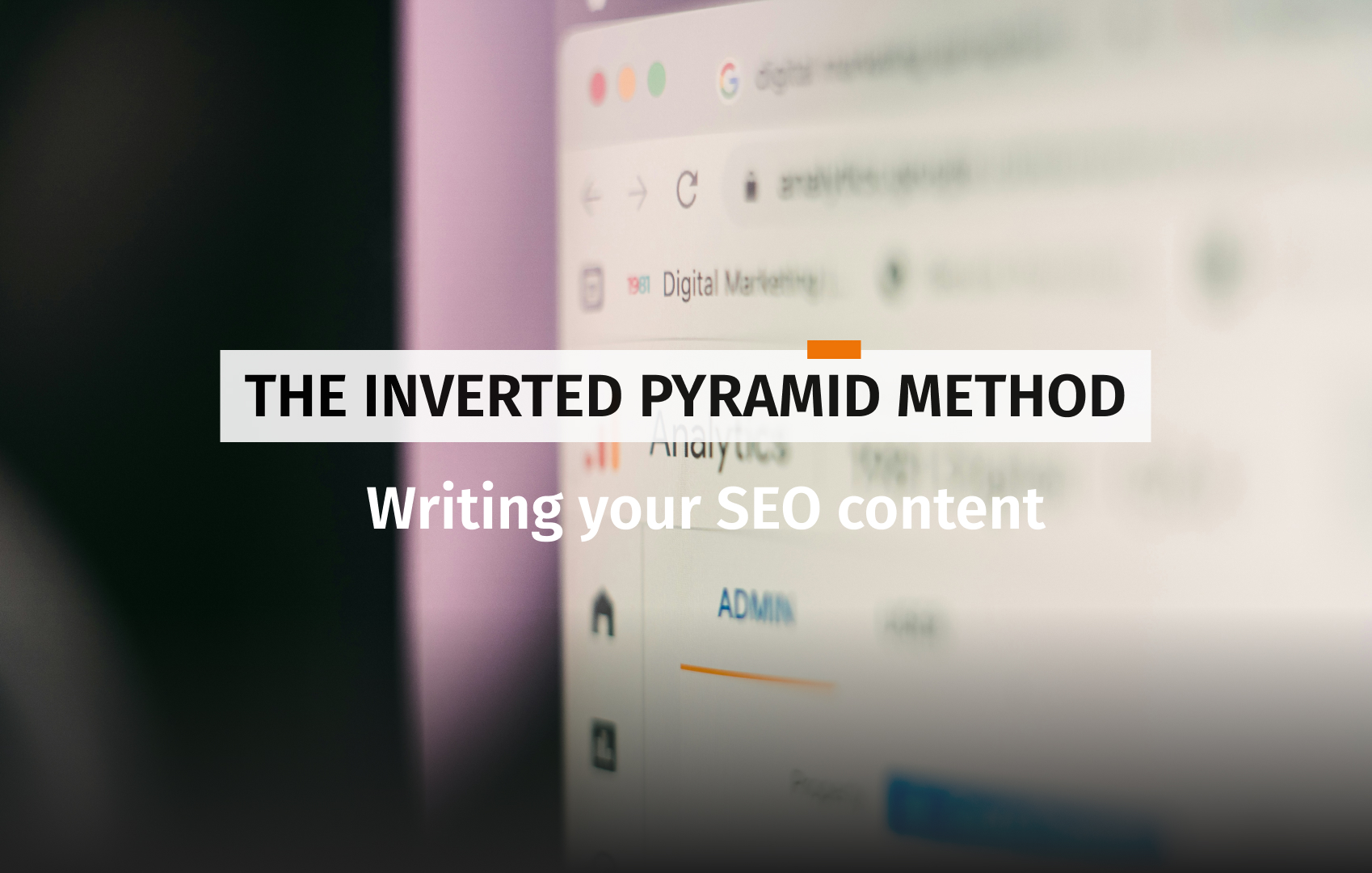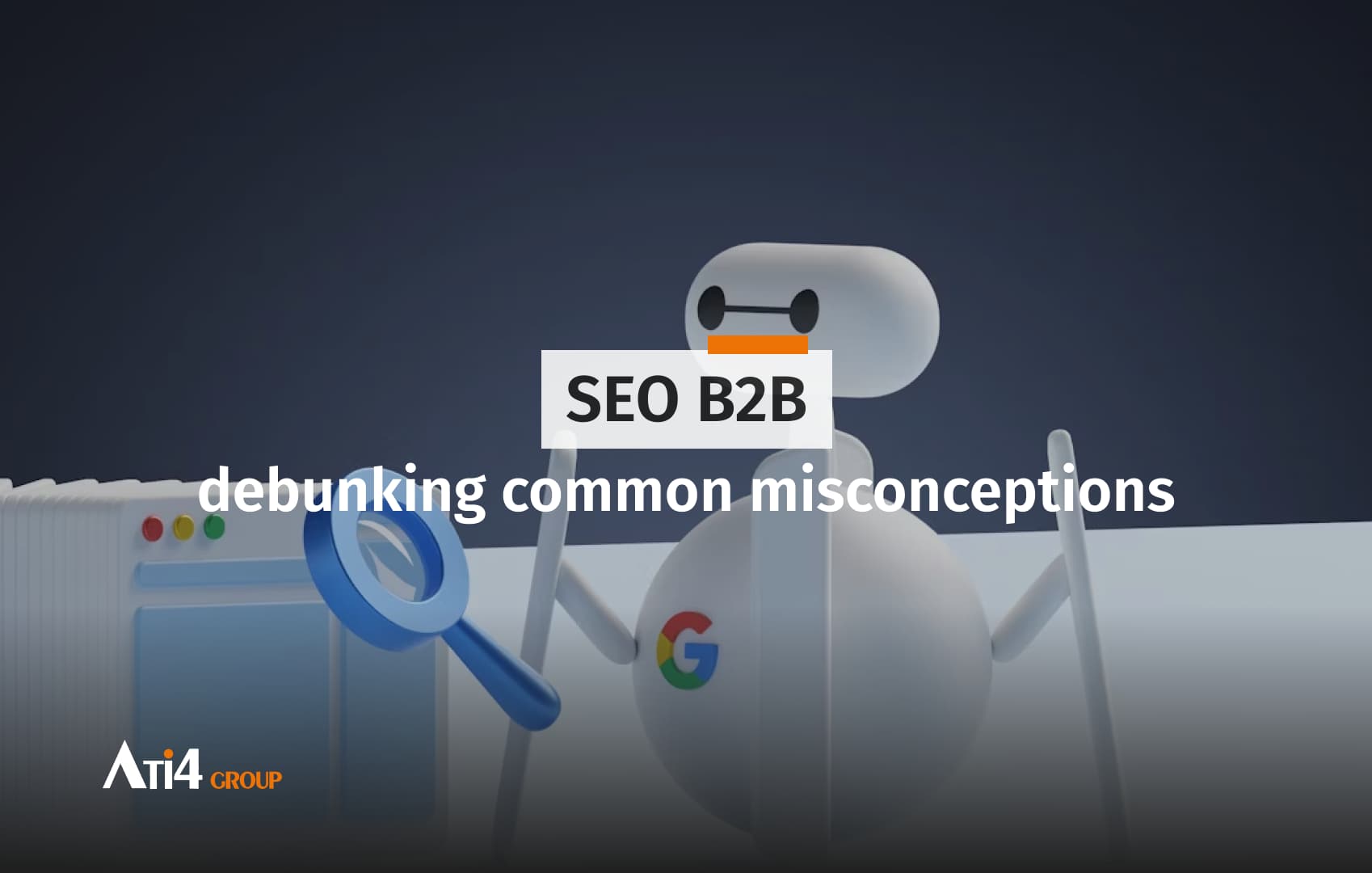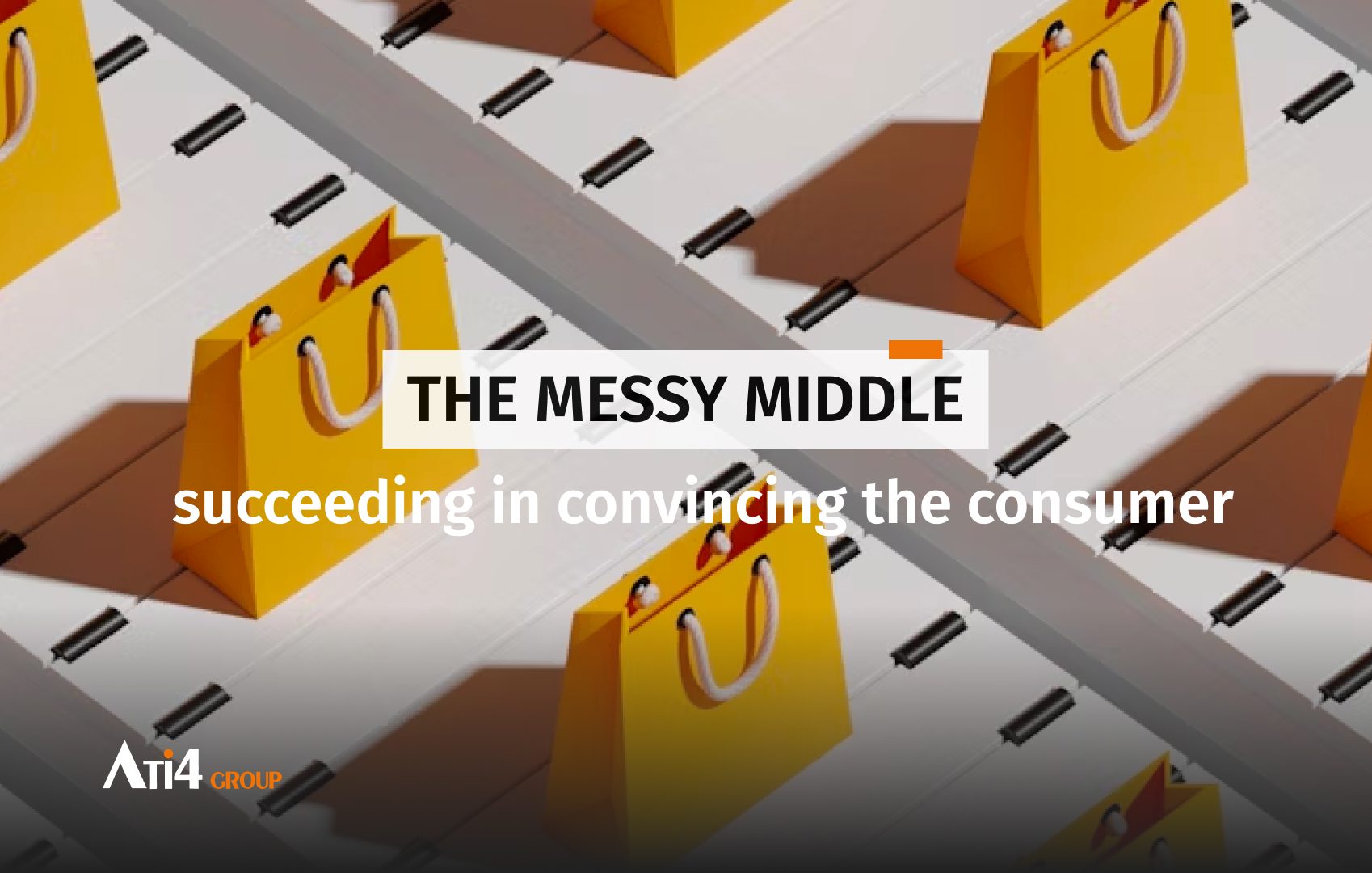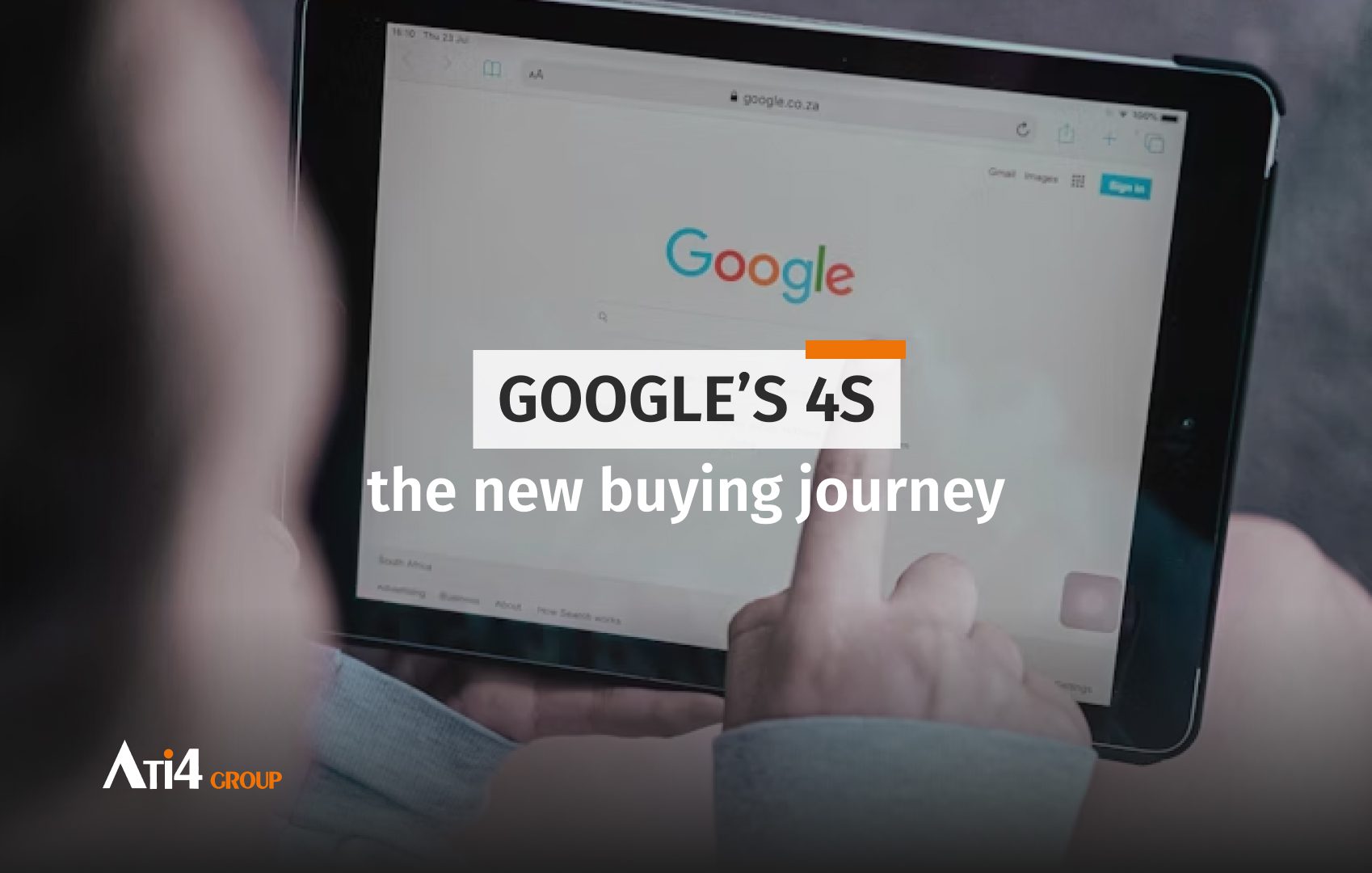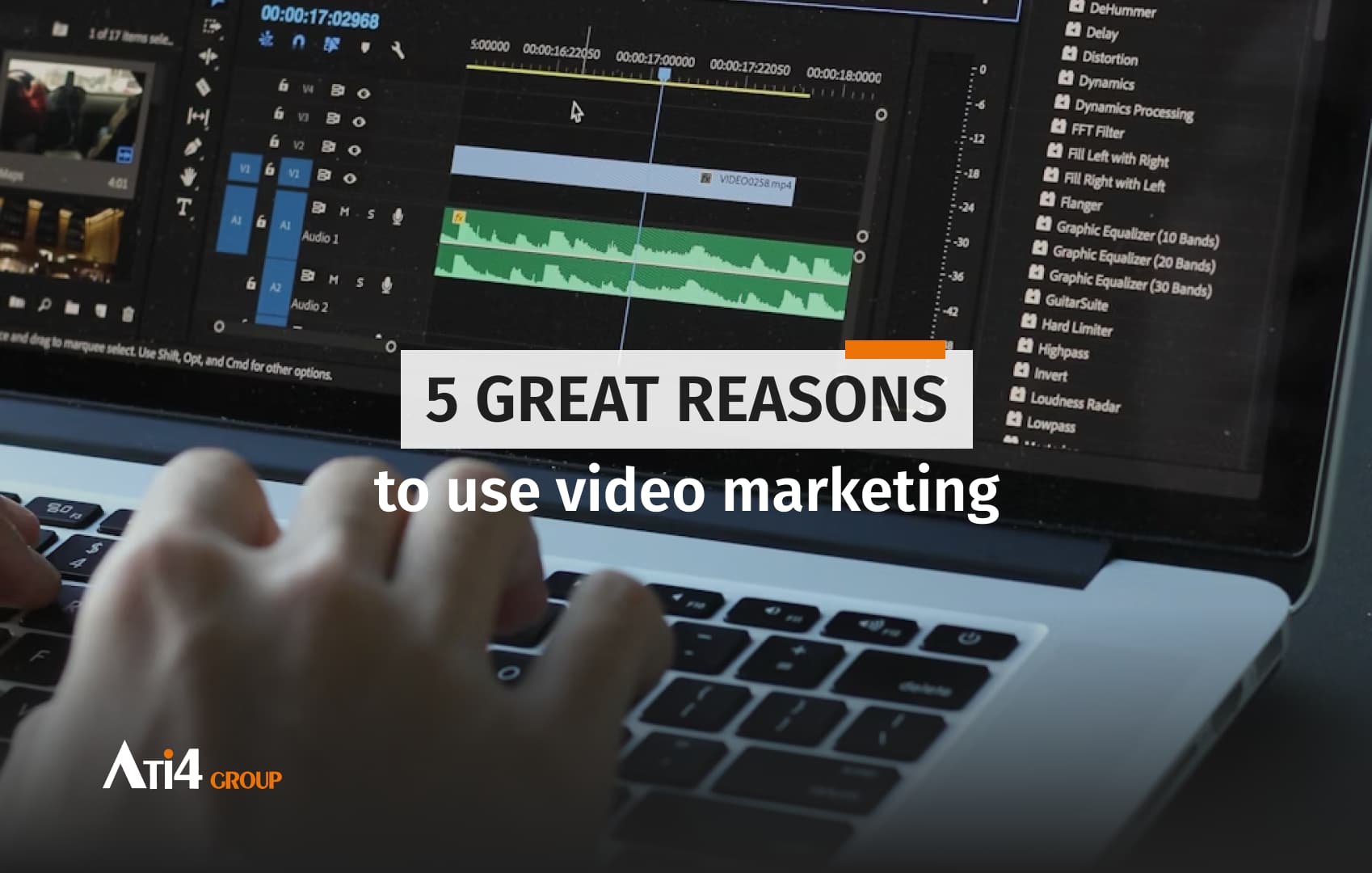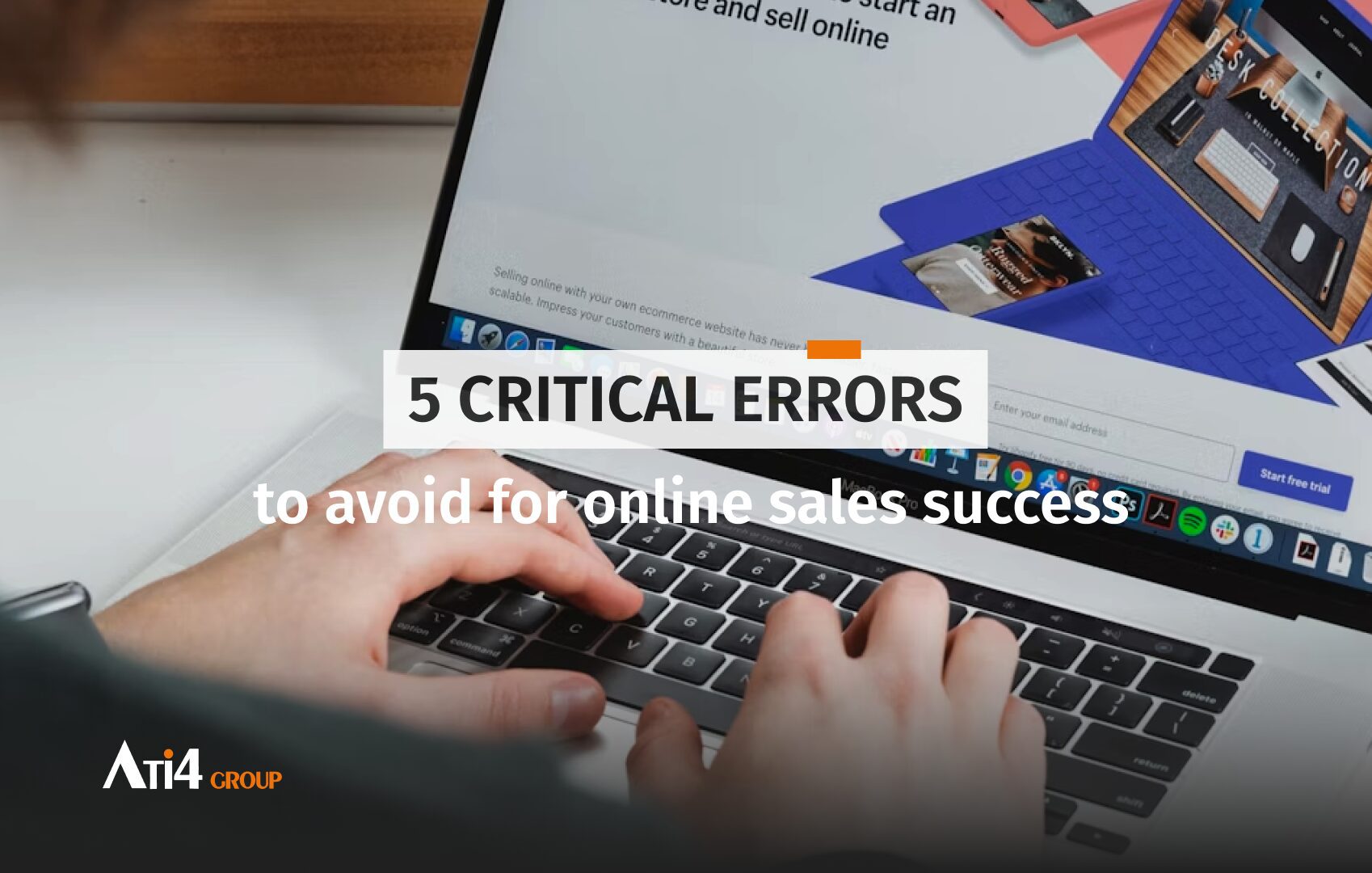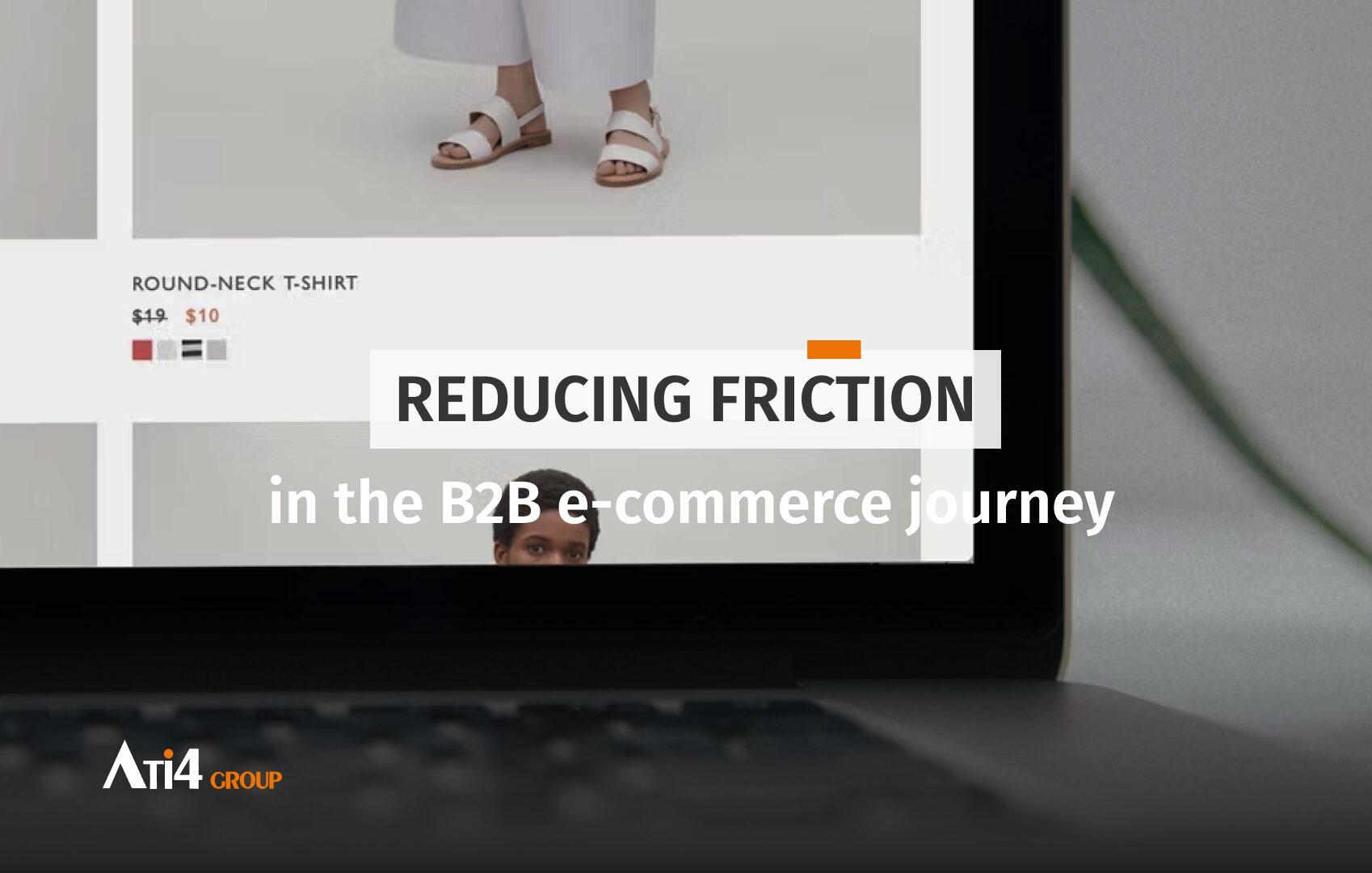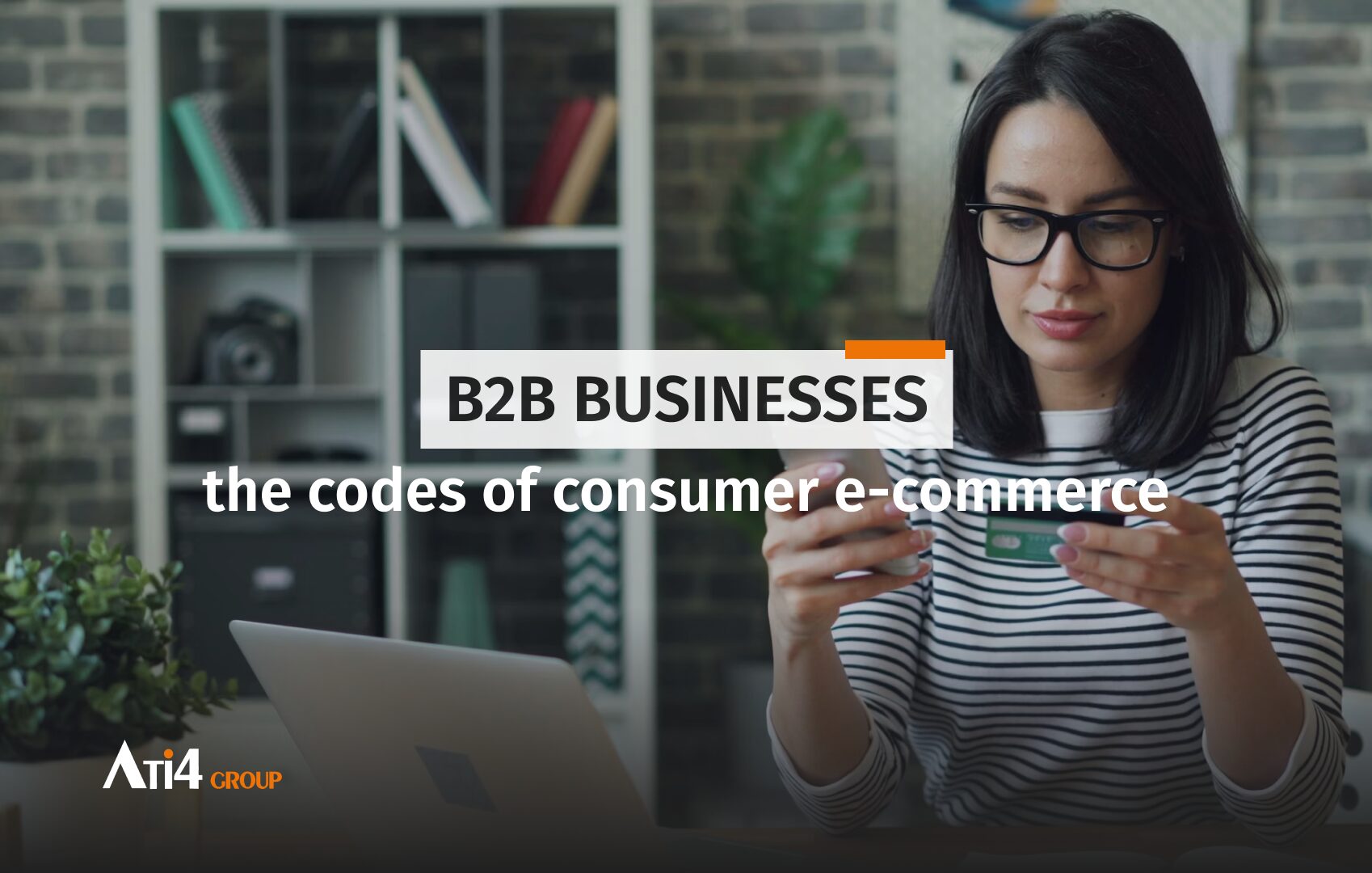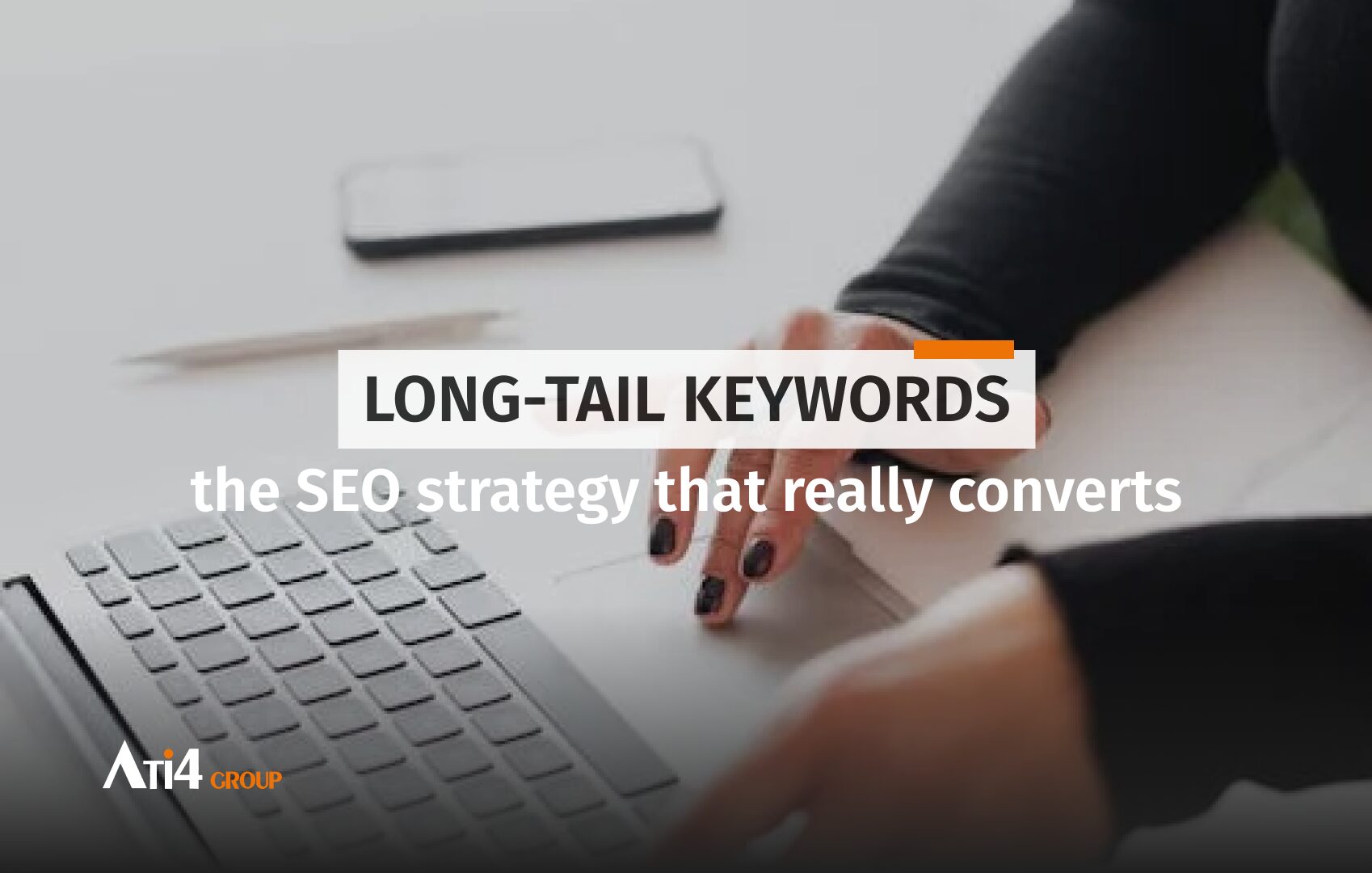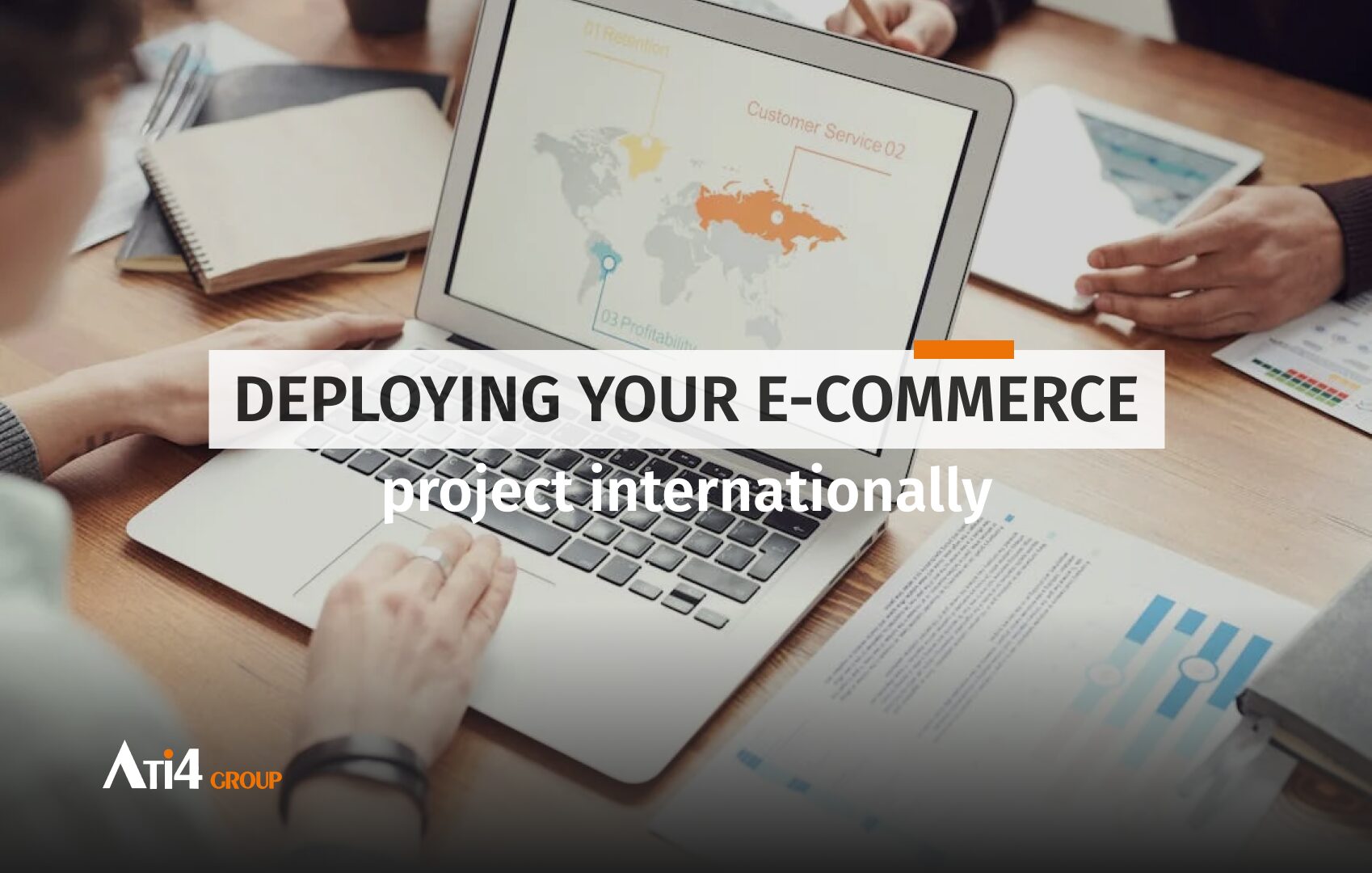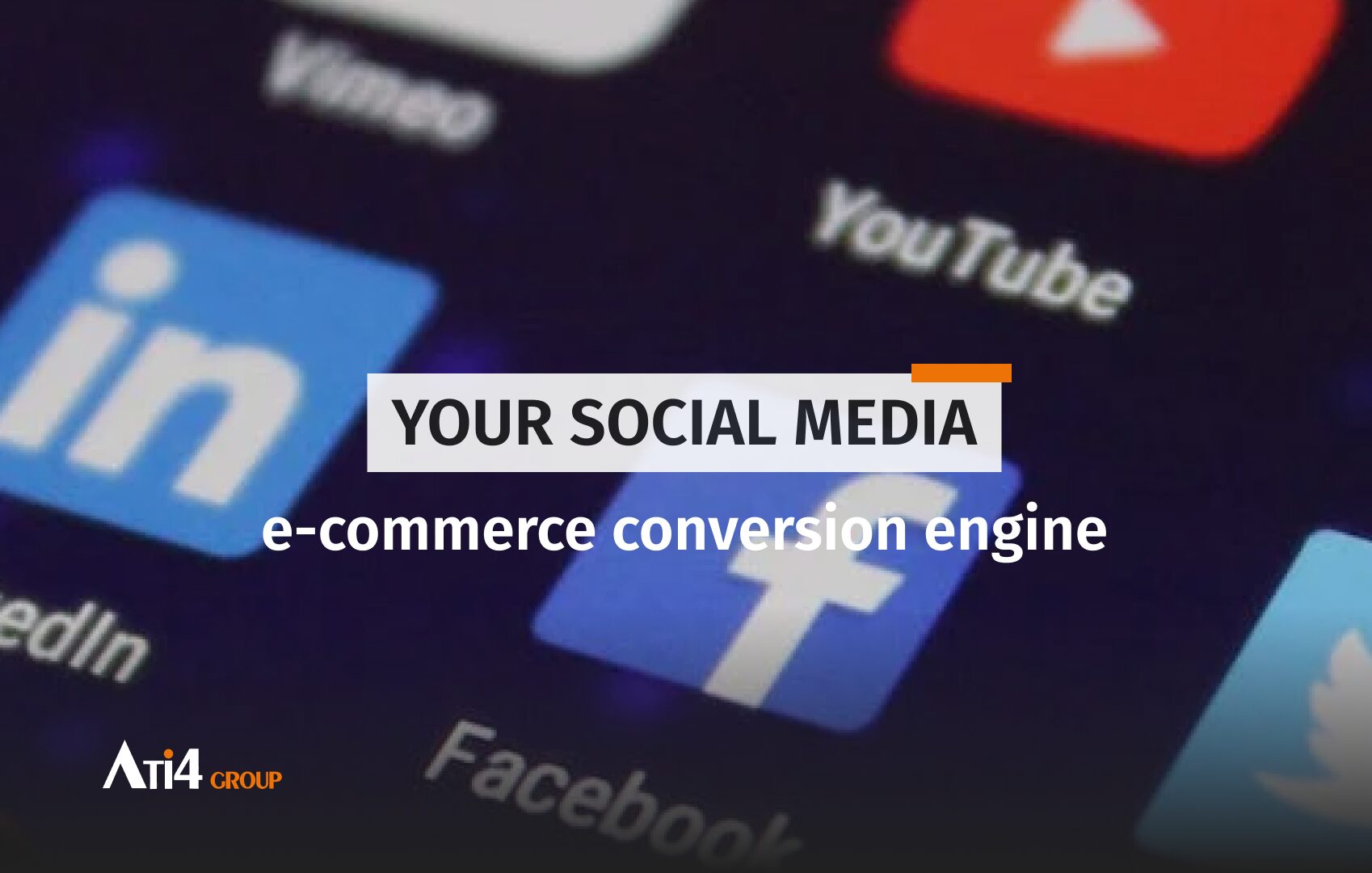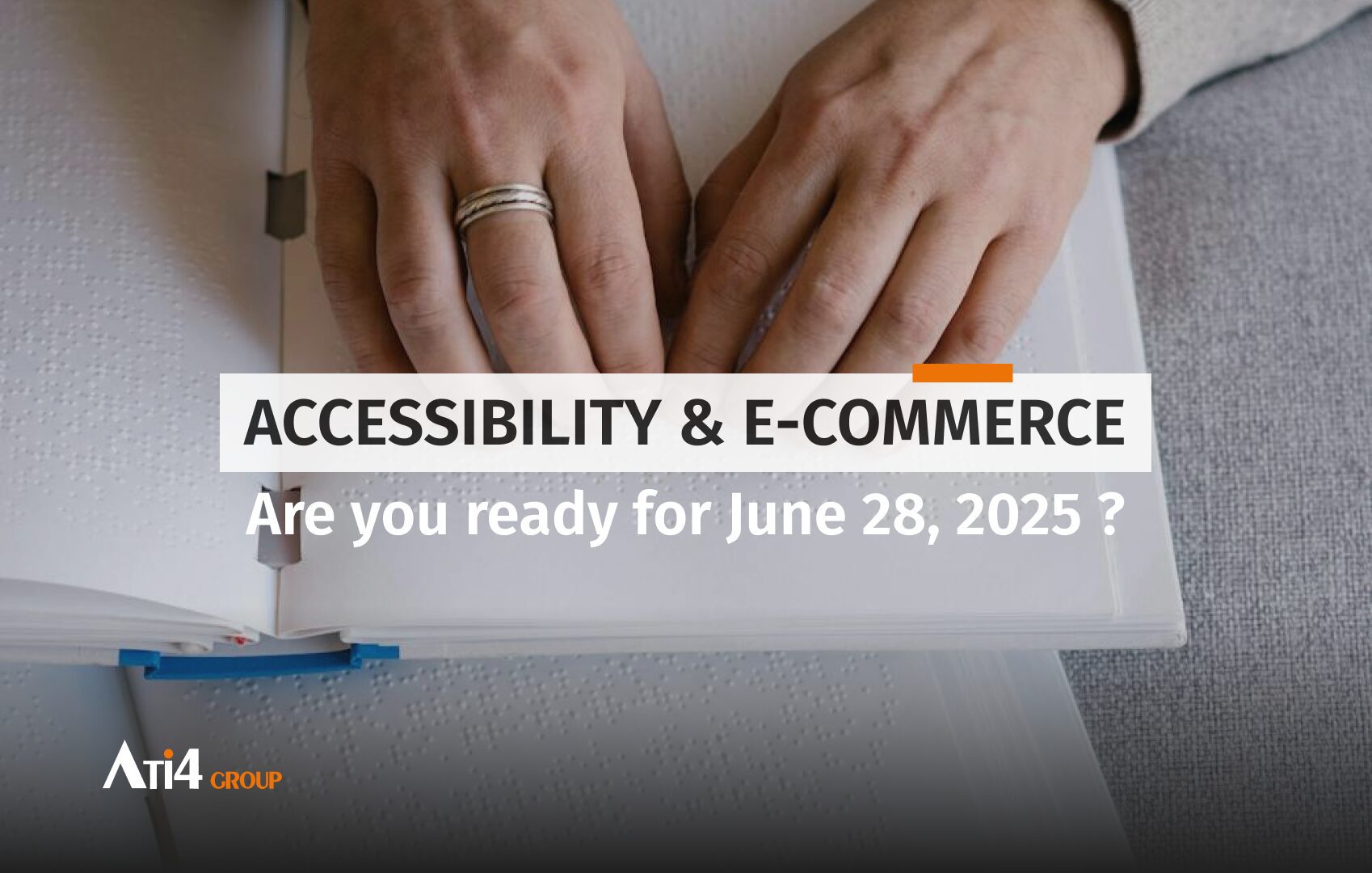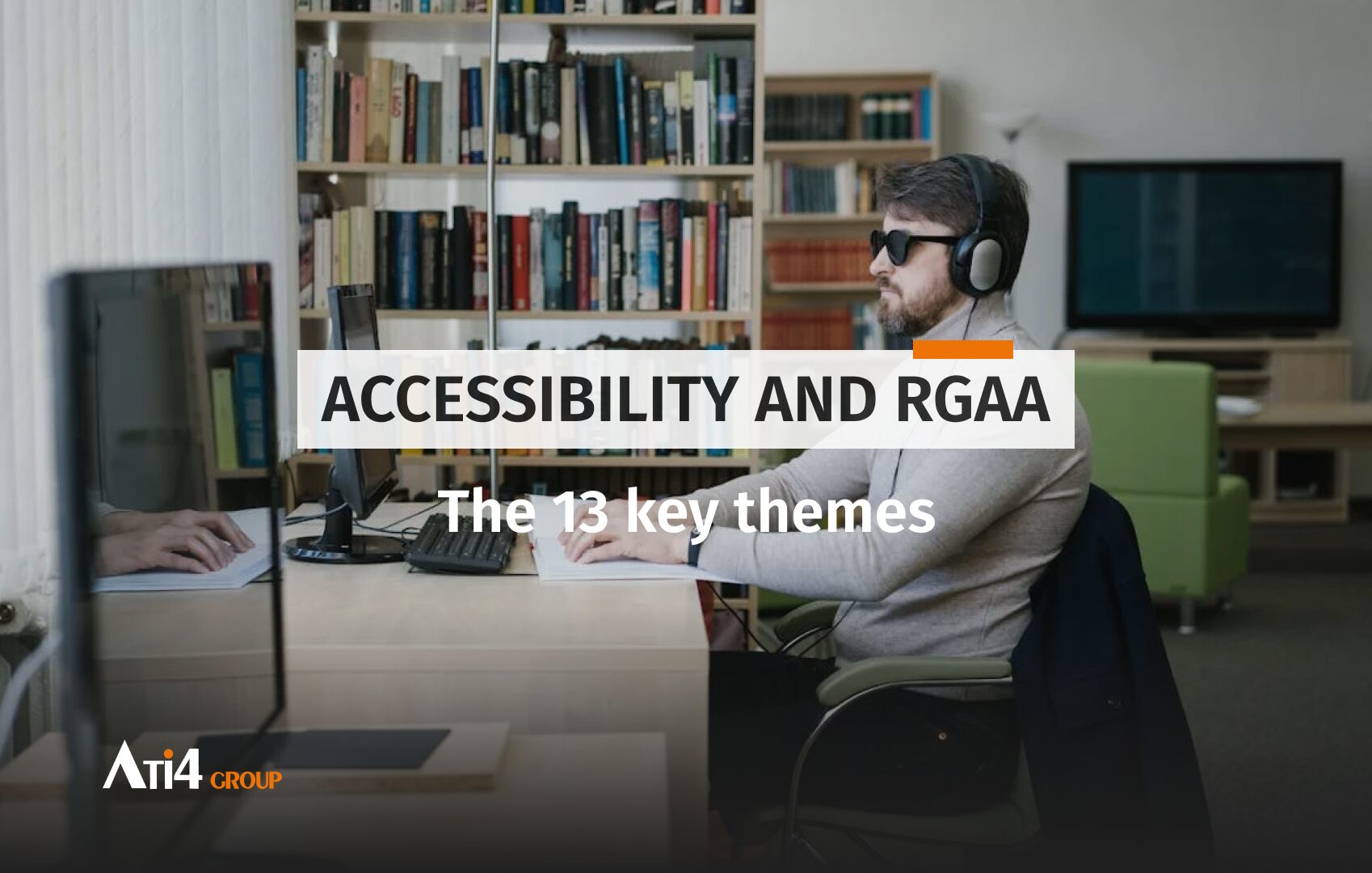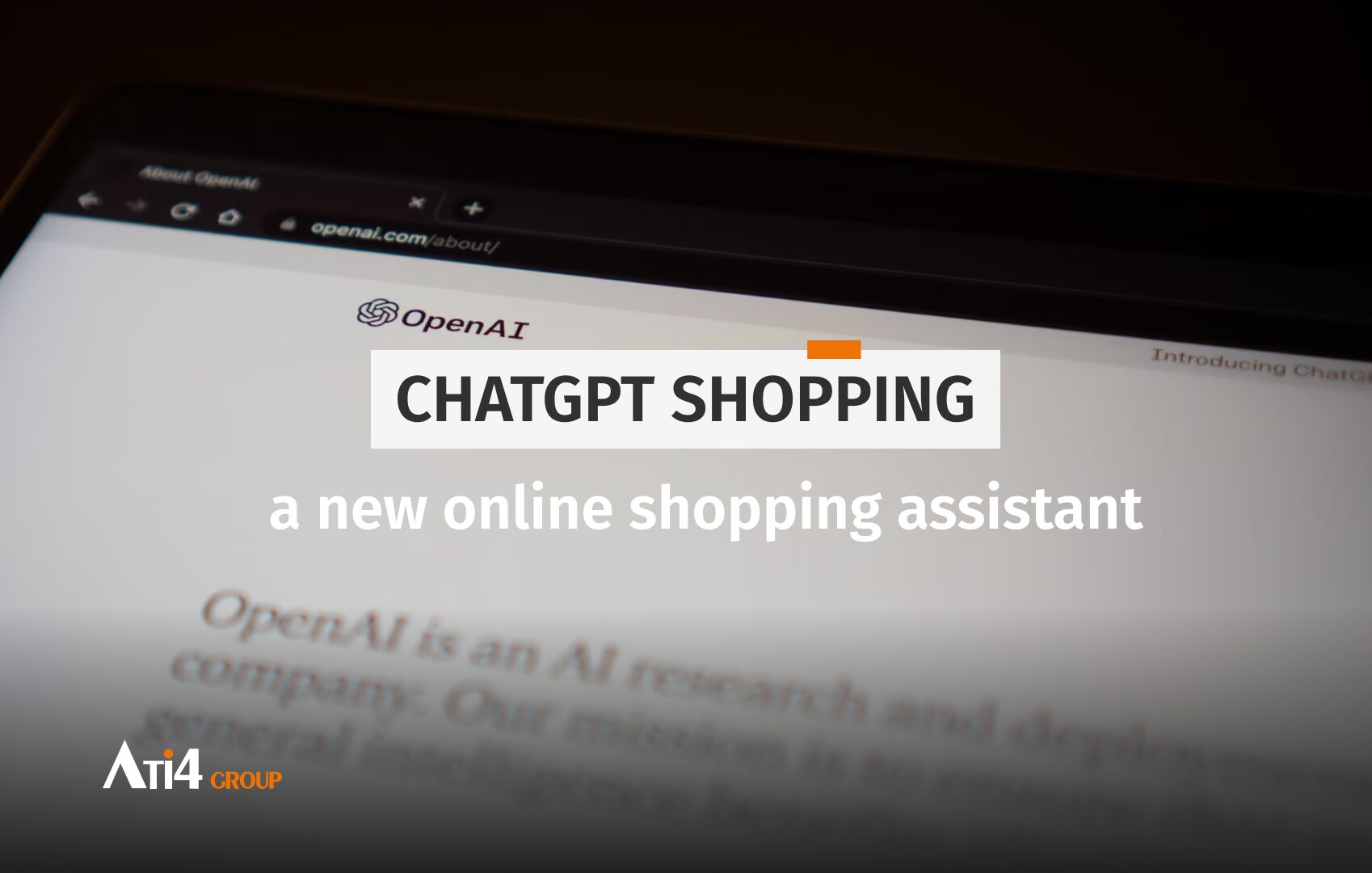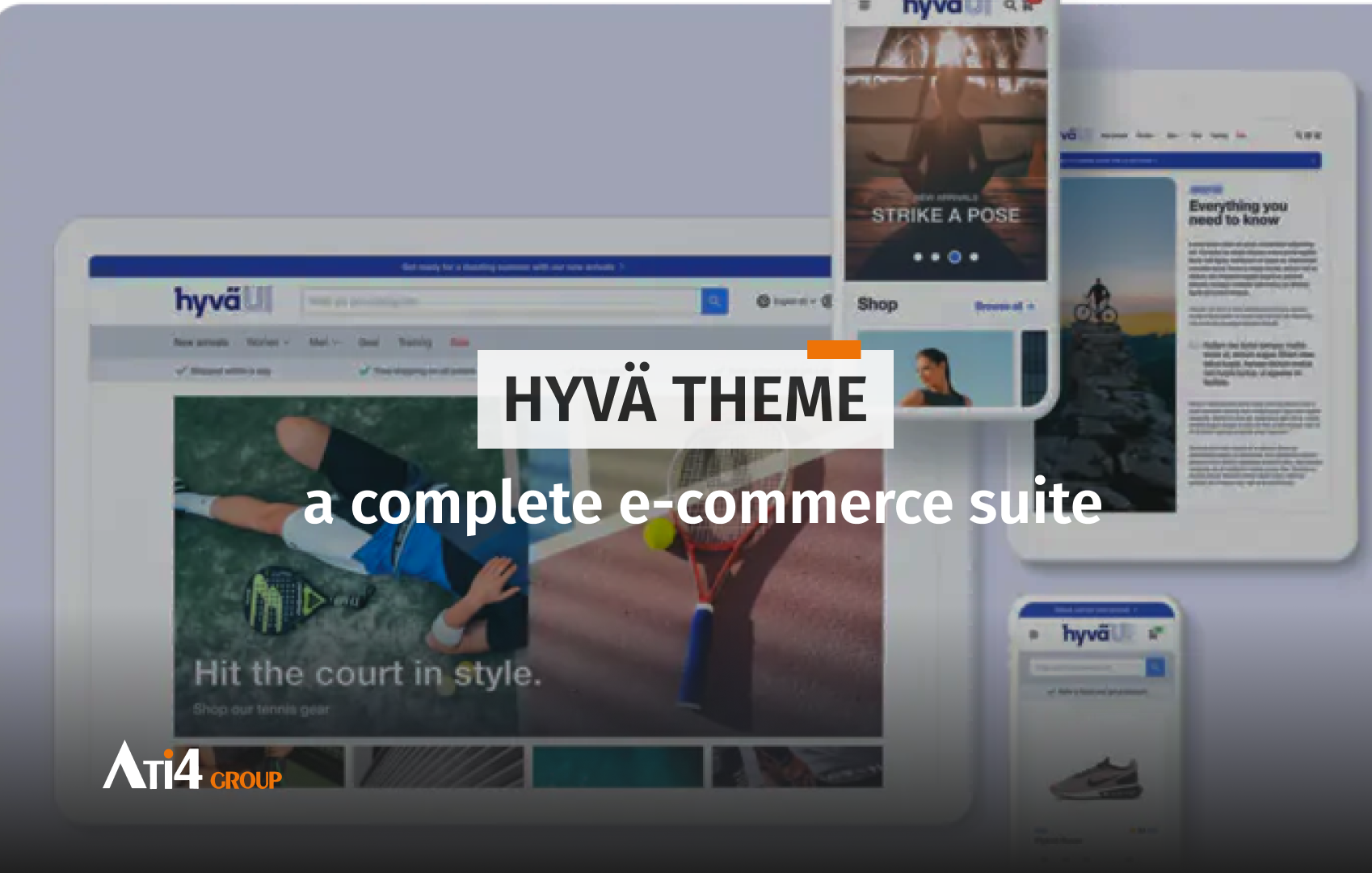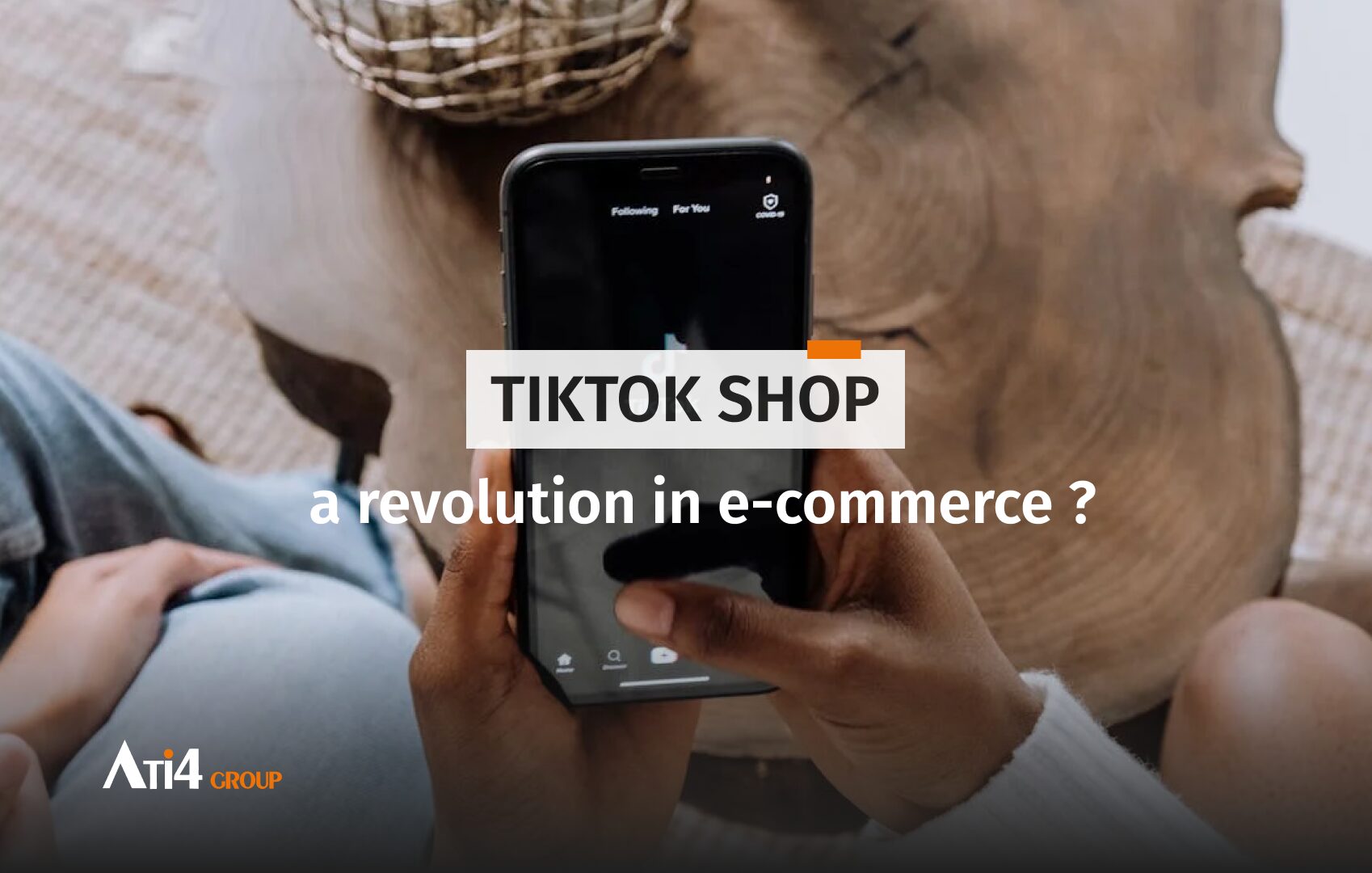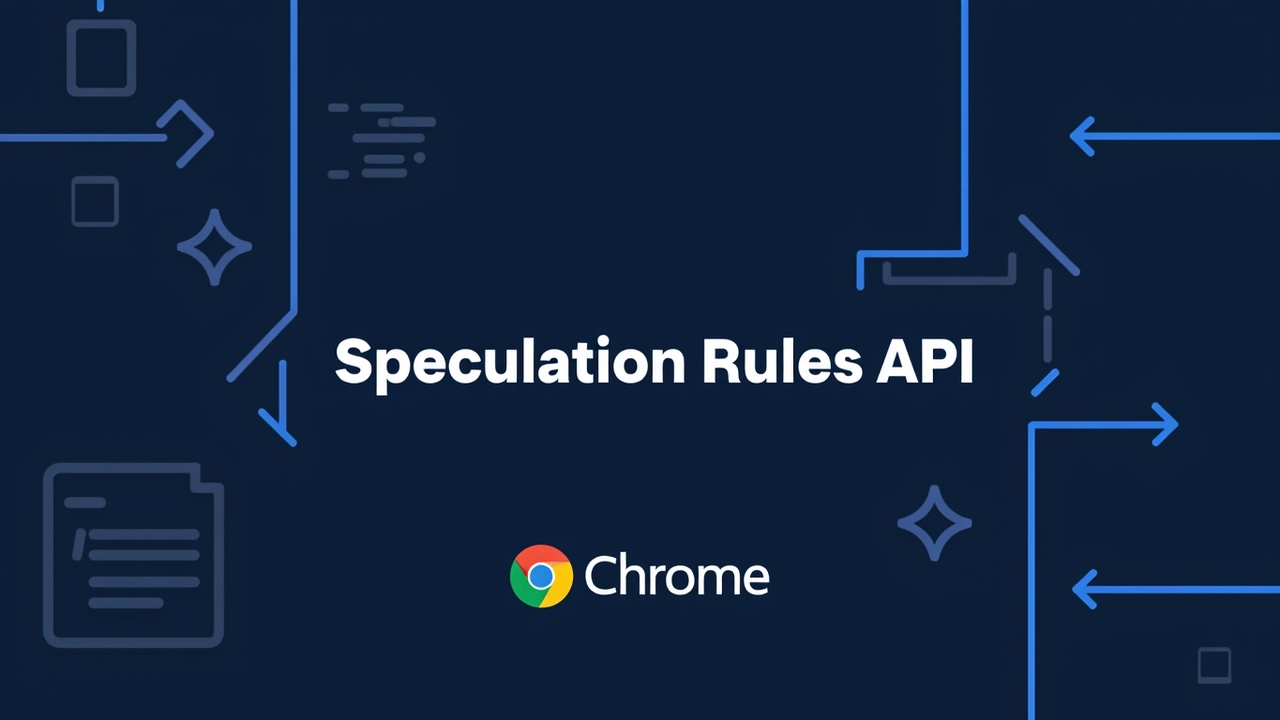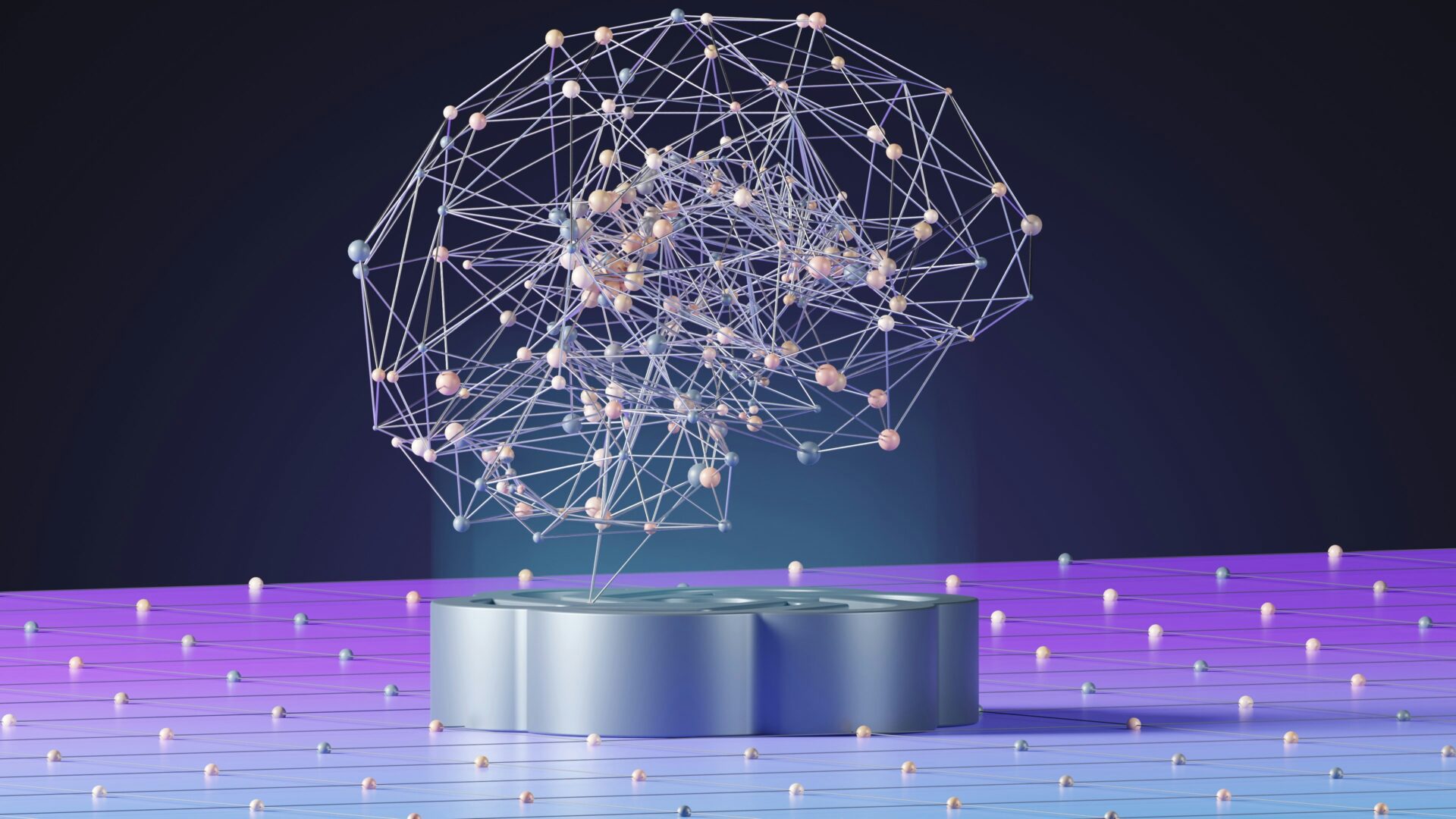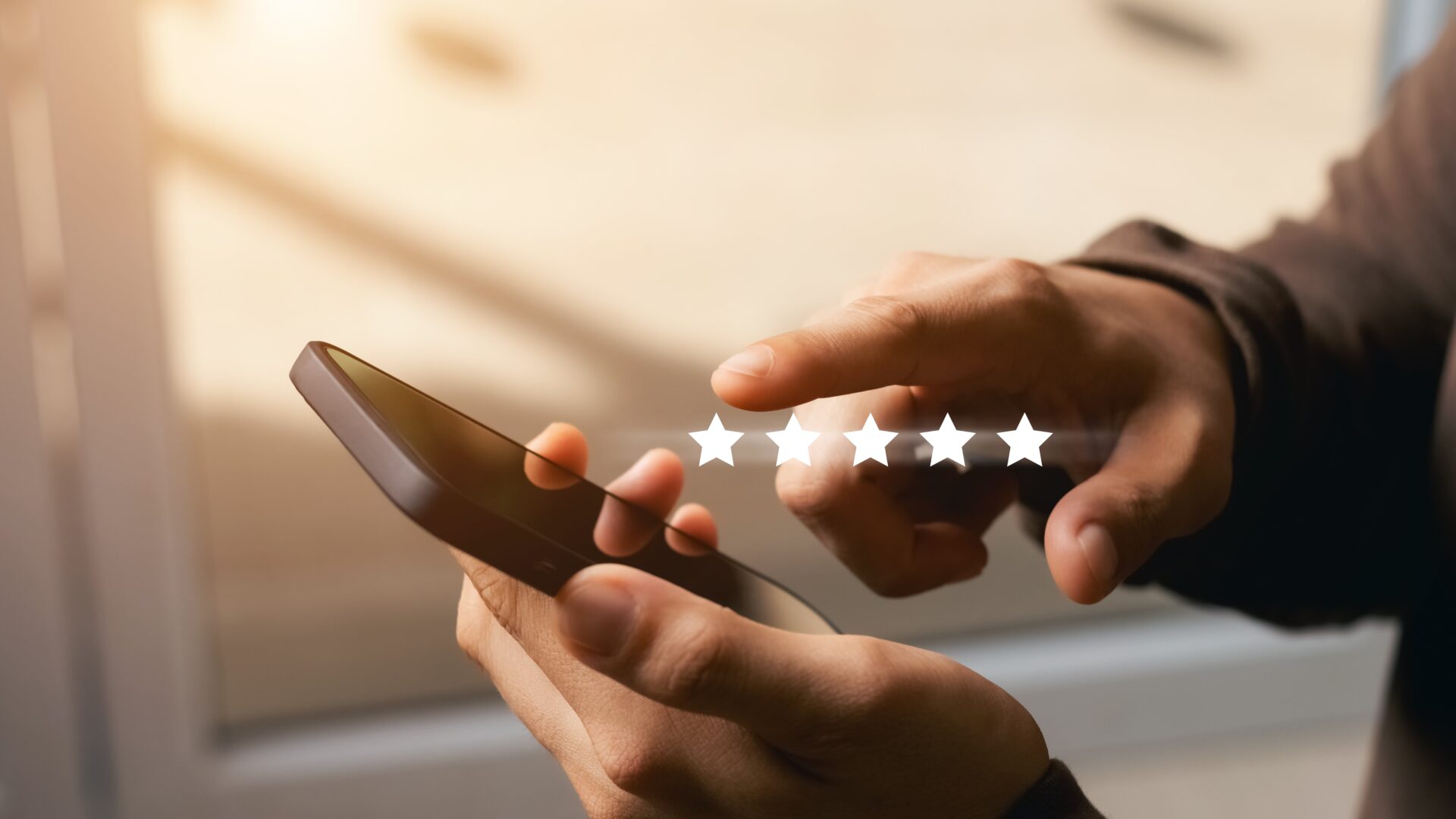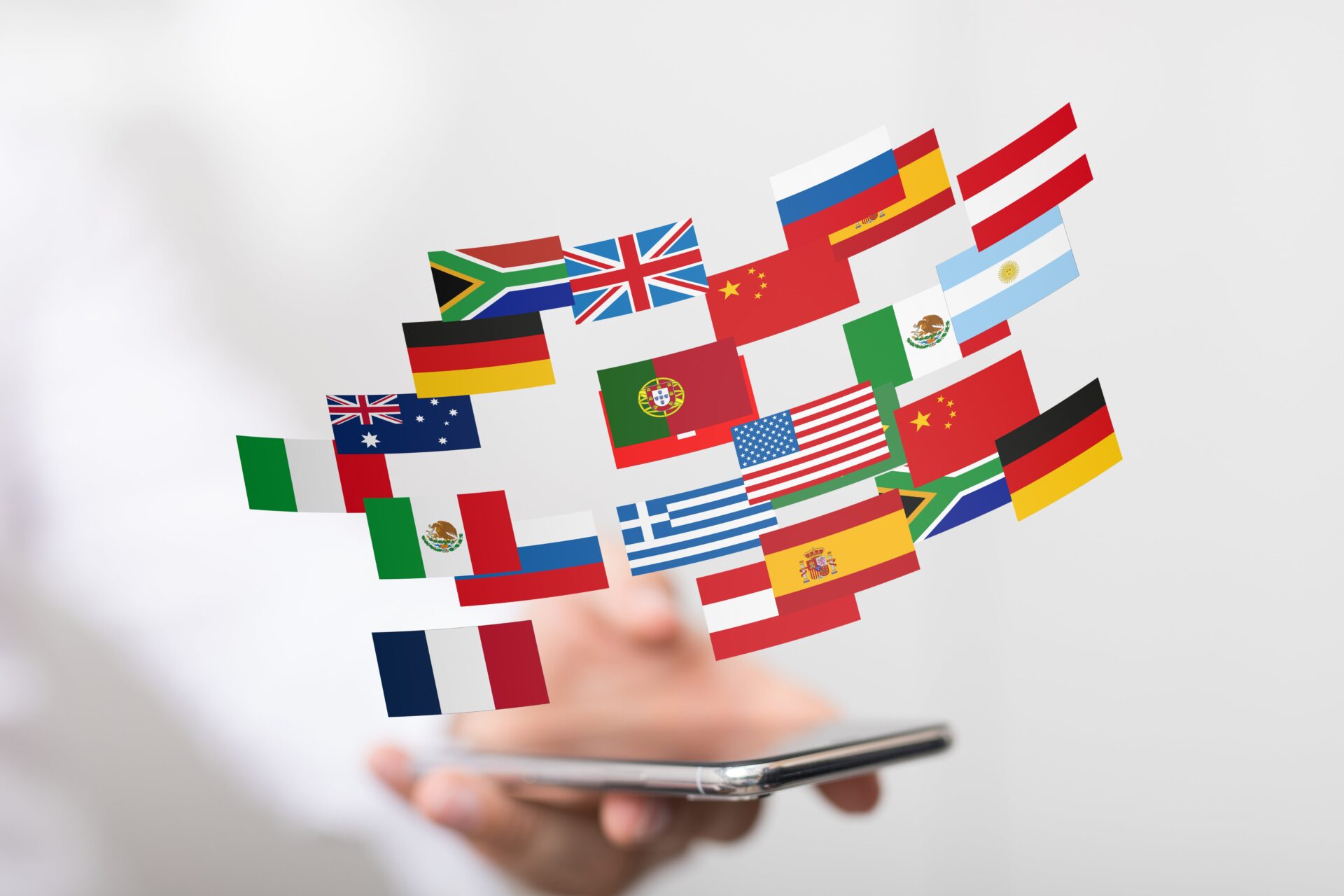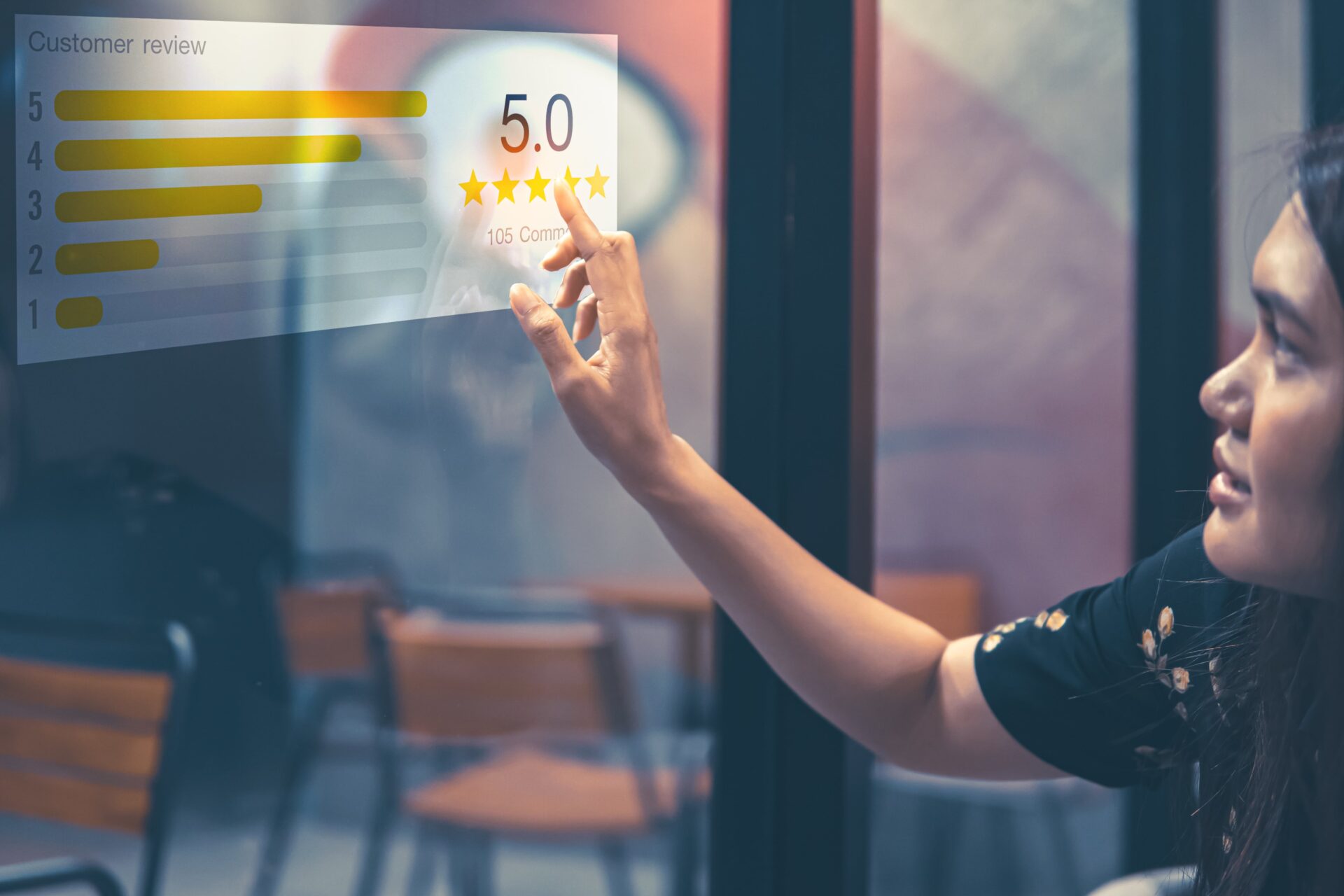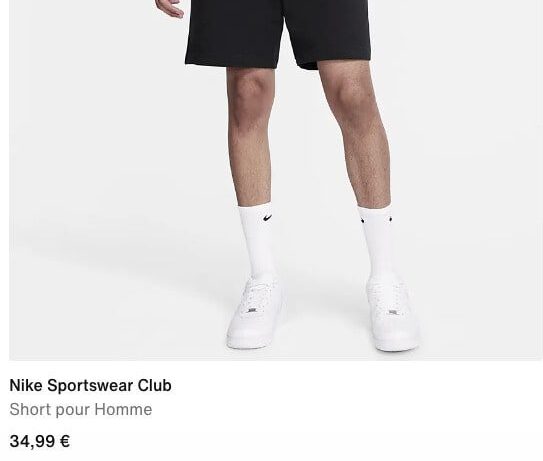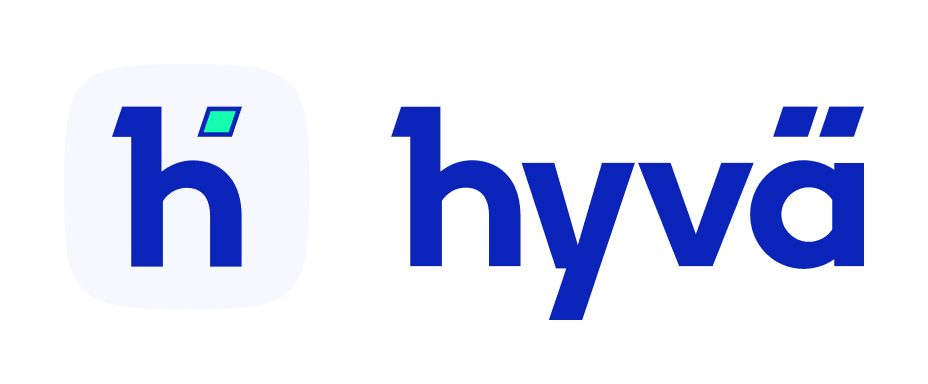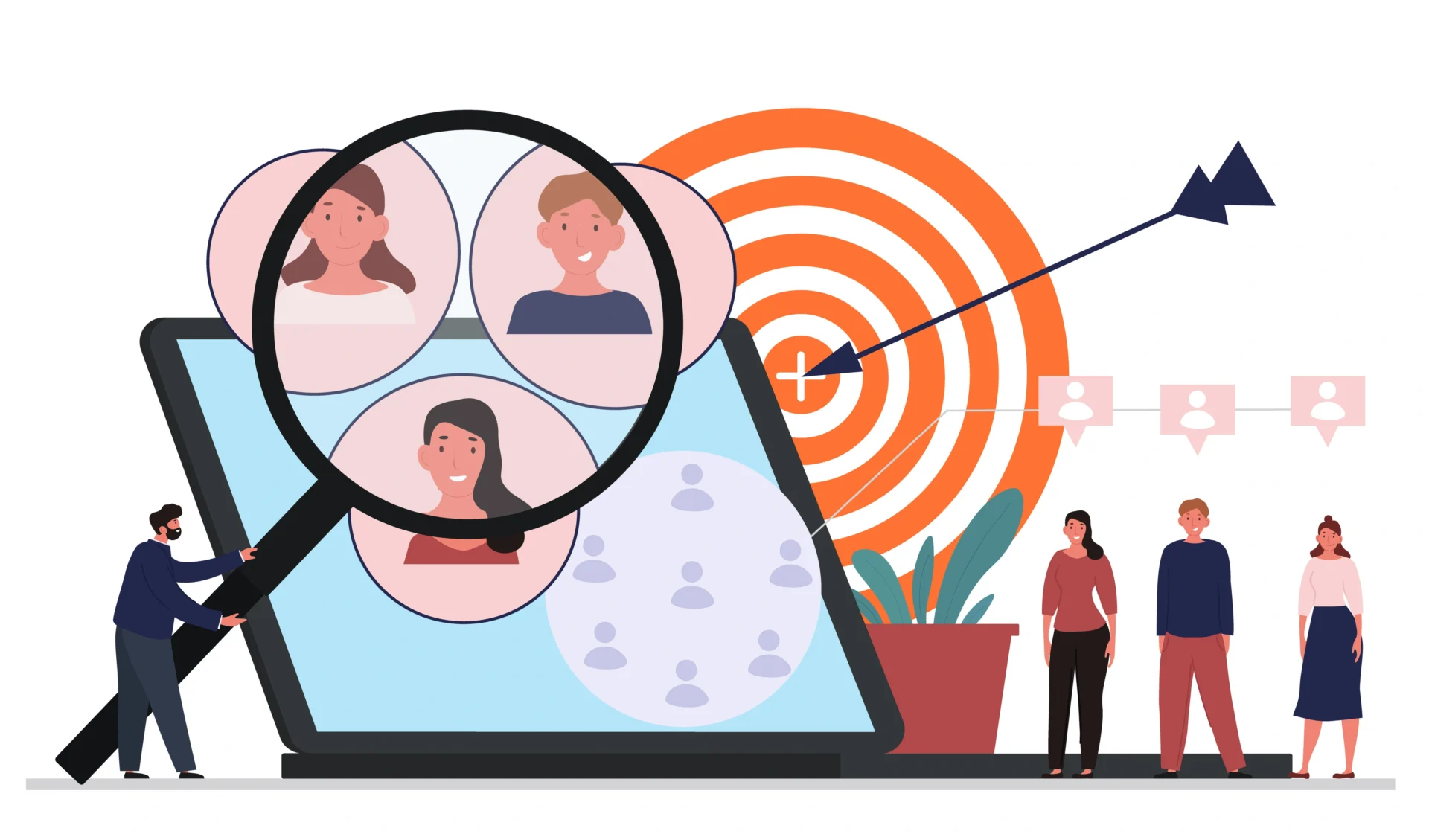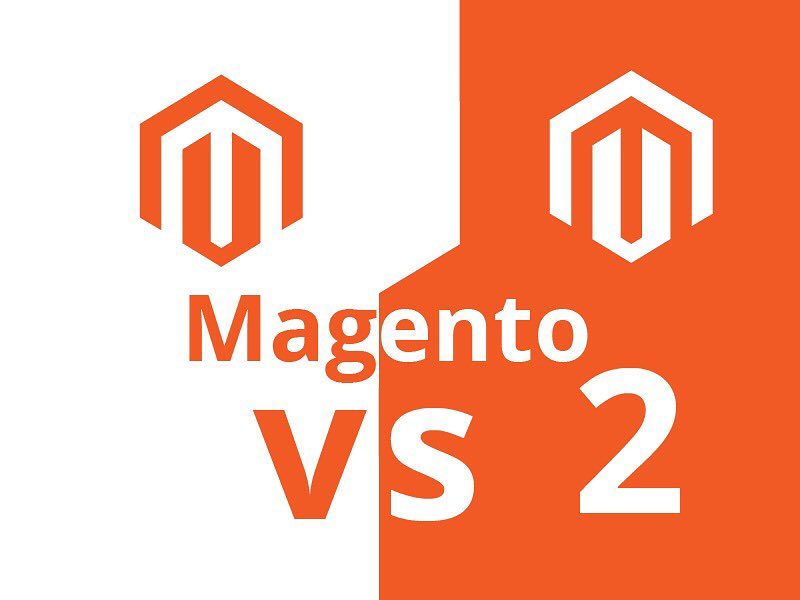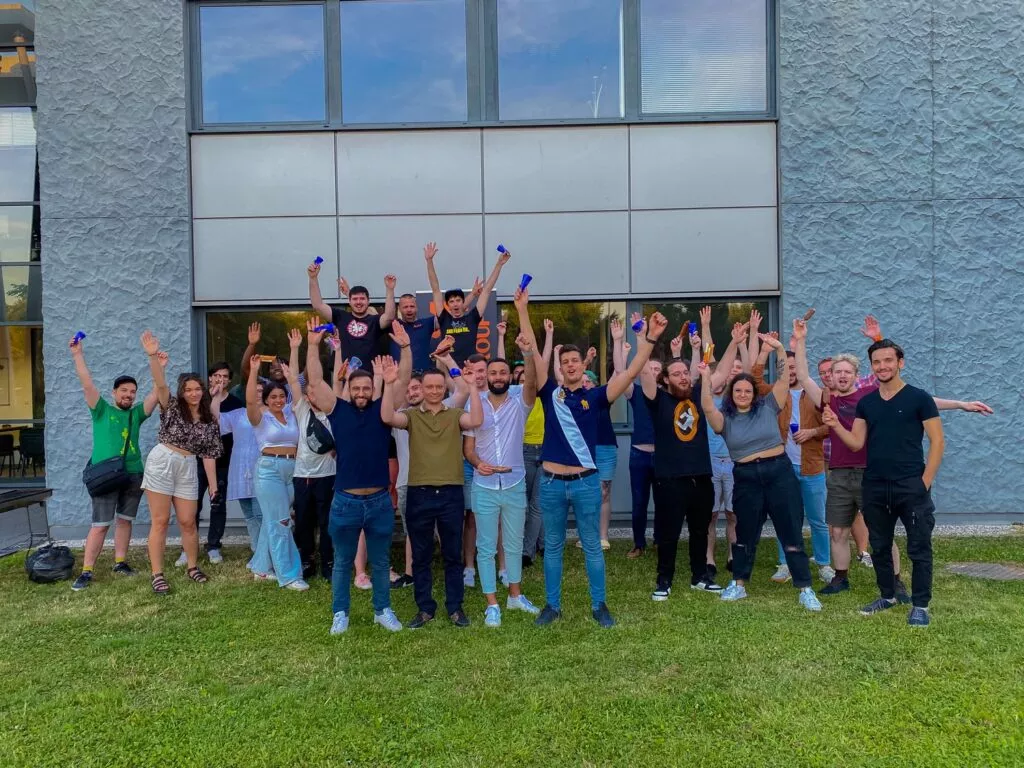During Meet Magento, held in the Netherlands in early November 2025, Willem Wigman, the founder of Hyvä, made official a decision that is shaking up the Magento ecosystem: the transition of the theme to an open source license. This announcement marks a decisive turning point in the company’s strategy and redefines the platform’s accessibility for the entire e-commerce community.
ATI4 Marketing
Which digital channels should you use to generate leads in B2B and B2C ?
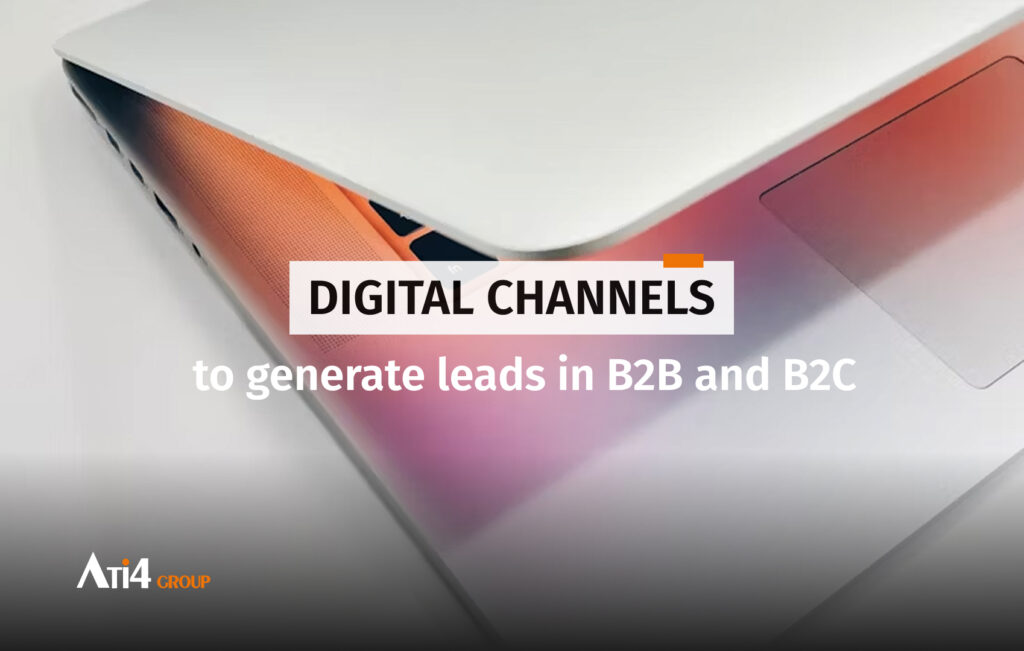
Lead generation is the process of attracting, identifying, and converting prospects interested in your offer into qualified contacts, ready to be handled by the sales team.
In the digital era, this process has become a central challenge for both B2B and B2C companies. It relies on the strategic activation of multiple marketing channels, whose relevance varies depending on the sales cycle and the nature of the target audience.
While the objectives are similar (attract, convert, retain), the approaches and digital levers differ according to the context. Where B2B focuses on value, education, and long-term relationships, B2C relies more on emotion, speed, and the stimulation of impulse purchases.
Differences in approach between B2B and B2C
The first distinction between B2B and B2C lies in the nature of the decision-making process. In B2B, the sales cycle is often long and complex, involving multiple stakeholders, internal approvals, technical comparisons, and budget considerations. The purchase is rational, thoughtful, and guided by performance, profitability, or cost reduction goals. Conversely, B2C decisions are much faster and often emotional. Consumers buy out of desire, brand identification, or under the influence of a limited-time offer.
These differences deeply influence the digital strategy to adopt. In B2B, the company must build a relationship over time. The most effective channels are those that foster credibility and education, such as search engine optimization (SEO), personalized email campaigns, LinkedIn, or professional webinars. B2C, on the other hand, relies on more visual, fast, and emotional levers like Instagram, TikTok, paid advertising, or promotional offers.
Nurturing, or the process of guiding leads toward conversion, clearly illustrates this difference. In B2B, it is a central element: prospects must be educated, qualified, and followed over time through automated workflows, content-driven emails, or product demos. In B2C, nurturing is shorter and more direct. It relies on promotional follow-ups, discount codes, or incentive messages designed to trigger immediate action.
B2B primarily seeks to generate qualified leads that sales teams can convert, while B2C aims to drive direct sales or encourage subscriptions to a loyalty program. In both cases, success depends on the consistency of channels and the mastery of customer data, but the emotional and temporal logic of the journey remains fundamentally different.
The multichannel strategy: an indispensable synergy
Today, no company can afford to rely on a single channel to generate leads. Performance depends on a multichannel strategy, that is, an integrated approach where different levers interact with one another. The customer journey is no longer linear: a prospect may discover your brand on social media, visit your website after a Google search, subscribe to a newsletter, and then be retargeted with an online ad.
Let’s take a concrete example. A B2B company attracts a prospect through an SEO-optimized blog article on a key topic in its industry. The prospect then downloads a white paper in exchange for contact information, enters an automated email sequence, and is later invited to a webinar. A few days afterward, they see a LinkedIn ad reinforcing the offer’s value. Each of these touchpoints strengthens the relationship and increases the likelihood of conversion.
This consistency across channels is made possible through the intelligent use of data and CRM tools. The CRM centralizes information, tracks each lead’s journey, and allows marketers to tailor their actions according to the lead’s maturity level. It then becomes possible to optimize the cost per lead (CPL), automate follow-ups, and maximize the return on investment (ROI).
The multichannel strategy is an ecosystem in which each lever — SEO, SEA, social media, email marketing, or advertising — plays a complementary role.
Digital levers for lead generation
In B2B
In the B2B world, the buying decision relies on trust, evidence, and expertise. That’s why the most effective levers are those that enhance credibility and added value.
Search Engine Optimization (SEO) forms the foundation of any B2B strategy. It allows companies to position themselves on precise search queries and attract leads already seeking a solution. For instance, a software company might publish optimized content around keywords like “best project management software for SMEs.” These articles attract high-potential visitors in the exploration or comparison phase.
Content marketing further strengthens this approach. By producing case studies, white papers, analytical articles, or webinars, a brand demonstrates its expertise and educates its audience. This content serves a dual purpose: generating visibility while establishing the company’s legitimacy in its field. A consulting firm, for example, might publish a study on digital management trends or host a webinar series on innovation for SMEs.
Email marketing also plays a decisive role in nurturing. It helps maintain contact with the prospect and guide them through their decision process. A SaaS company, for example, may send a series of personalized emails to users who tested the free version of its software, offering them an in-depth demo or an exclusive subscription deal.
Professional social networks, especially LinkedIn, have become essential. They not only allow precise targeting of decision-makers but also provide a platform to share expert content and boost brand authority. Regularly publishing analyses, infographics, or client success stories naturally attracts curious and qualified prospects.
All these levers are based on a common principle: building trust through value and proof. By combining content, visibility, and relationship-building, B2B marketers can turn a simple contact into a genuine business opportunity.
In B2C
B2C operates in a faster, more visual, and more emotional environment. Here, the goal is not to persuade rationally, but to spark desire, curiosity, or a sense of urgency.
Social media lies at the heart of this strategy. Facebook, Instagram, TikTok, or Snapchat make it possible to reach large audiences with extremely precise targeting. A fashion brand, for instance, can run a video campaign on Instagram showcasing its products in an inspiring setting. The aim is to create an instant emotional connection between the user and the brand.
Influencer marketing strengthens this proximity. Partnering with credible influencers aligned with the brand’s values helps humanize the message and reach an already engaged community. A natural cosmetics brand, for example, might have a well-known content creator test its products and share her experience with thousands of followers.
Paid search (SEA) is also a key lever. By targeting high-intent keywords, companies can instantly capture consumers ready to take action. An e-commerce site selling outdoor gear might, for instance, bid on terms like “buy lightweight camping tent” or “best running shoes 2025” to appear at the top of Google’s search results.
Promotions and exclusive offers act as accelerators. Flash sales, temporary discounts, or special codes encourage quick conversions. Finally, chatbots and instant messaging allow brands to engage directly with visitors, answer their questions, and guide them through the purchase journey — while collecting valuable data for future campaigns.
In B2C, success depends on the ability to create a smooth, enjoyable, and emotionally engaging customer journey, where every interaction reinforces the desire to act.
Lead generation, whether aimed at businesses or consumers, is not merely a matter of tool selection. It is a comprehensive strategy built on a deep understanding of one’s audience, message consistency, and the complementarity of channels.
B2B relies on value, expertise, and long-term relationships. B2C focuses on emotion, simplicity, and immediate experience. But in both cases, performance arises from the convergence of three key forces: inbound marketing, which naturally attracts through content; paid media, which accelerates visibility; and automation, which transforms interest into loyalty. Generating leads then ceases to be a one-time operation it becomes a true growth engine.
Find out what’s new at the company.
Because mixing fun and work is at the heart of our philosophy, we always try to make a special place for it in our business life.






